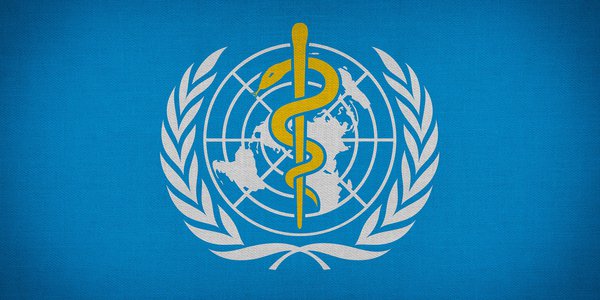Interesting Facts About World Health Organization

Interesting Facts About WHO – The World Health Organization is a body maintained by the United Nations. It’s responsible for international public health and disease control. WHO tracks and captures the perceptions of its external stakeholders at regular intervals, to understand how they view the Organization.
WHO is organized under the following six regions: Africa, Americas, South-East Asia, Europe, Eastern Mediterranean, Western Pacific.
Interesting Facts about World Health Organization
- Tho WHO is headquartered in Geneva, Switzerland.
- The WHO’s six semi-autonomous regional offices and 150 field offices worldwide.
- The WHO’s established by the constitution on 7 April 1948.
- The WHO’s governing body the World Health Assembly (WHA)’s first meeting was held on 24 July 1948.
- The World Health Organization (WHO) sponsors World Health Day. It’s a global health awareness day celebrated every year on April 7.
- The current WHO head is Tedros Adhanom. He is an Ethiopian biologist and public health researcher, former health minister, and foreign minister of Ethiopia. He is the director-general of WHO. He began his five-year term on 1 July 2017.
- WHO reports to ECOSOC – The United Nations Economic and Social Council. It’s an important part of the United Nations, responsible for coordinating the economic and social fields of the organization.
- The WHO depends on funding from member countries and private donations.
- WHO has a total approved budget of $7.96 billion for the year 2020-2021.
- The logo of the World Health Organization features the Rod of Asclepius as a symbol for healing.
- The Constitution of the World Health Organization has given WHO the freedom to perform any health-related work.
- The Constitution was adopted by the International Health Conference held in New York from 19 June to 22 July 1946, signed on 22 July 1946 by the representatives of 61 States, and entered into force on 7 April 1948.
- WHO works with critical decision-makers of the member countries, such as Ministries of Health, government agencies, other government departments at the national level.
- WHO works with influencers, such as health partnerships, foundations, intragovernmental and nongovernmental organizations, civil society, media, professional associations, and WHO collaborating centers.
- According to the Constitution of the WHO, Health is a state of complete physical, mental and social well-being and not merely the absence of disease or infirmity. The health of all peoples is fundamental to the attainment of peace and security and is dependent on the fullest cooperation of individuals and States.
- WHO’s six official languages – Arabic, Chinese, English, French, Russian and Spanish – were established by a 1978 World Health Assembly resolution, turning multilingualism into a WHO policy.
- WHO’s a multilingual website, publications and other resources ensure that health information reaches the people who need it, in the languages they can understand. This makes access to health information both more equitable – and effective. Multilingual communication is an essential tool for improving global health.
- WHO the Member States are grouped into six regions. Each region has a regional office, namely Regional Office for Africa, Regional Office for the Americas, Regional Office for South-East Asia, Regional Office for Europe, Regional Office for the Eastern Mediterranean, and Regional Office for the Western Pacific.
- WHO has More than 7000 people from more than 150 countries work for the Organization in 150 WHO offices in countries, territories, and areas, six regional offices.
- In addition to medical doctors, public health specialists, scientists, and epidemiologists, WHO staff include people trained to manage administrative, financial, and information systems, as well as experts in the fields of health statistics, economics, and emergency relief.
- All countries which are Members of the United Nations may become members of WHO by accepting its Constitution.
- The non-UN member countries may be admitted as members when their application has been approved by a simple majority vote of the World Health Assembly.
- Members of WHO are grouped according to regional distribution.
- India falls under the South-East Asia Region.
Resources to Learn more about WHO:
- The U.S. Government and the World Health Organization
- WHO Constitution, BASIC DOCUMENTS, Forty-ninth edition
- CONSTITUTION OF THE WORLD HEALTH ORGANIZATION
- World Health Organization (WHO) History
- Milestones for health over 70 years
- World Health Organization | History, Organization, & Definition of Health
- Dr. Tedros takes office as WHO Director-General
- WHO | Programme Budget Web Portal
- European governments working with U.S. on plans to overhaul WHO, health official says
- Sze Szeming Papers, 1945–2014, UA.90.F14.1
- World Health Organization, The British Medical Journal
- Origins, history, and achievements of the World Health Organization
- WHO Constitution
- WHO Member Countries
- WHO India
- World Health Organization Philippines
- WHO Official Website





